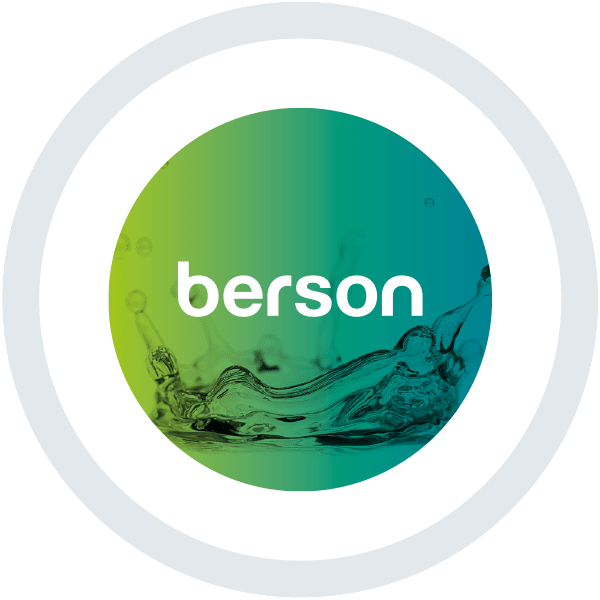Operating temperature effects on UV treatment of sucrose (and other sugar syrups)
One of the most common but misunderstood applications for UV disinfection is for treating sugar syrups such as liquid sucrose. Sucrose is quite common in the beverage industry for use in flavored waters, carbonated beverages, teas, etc. While beverages made with sucrose syrups have some perceived consumer benefits compared to HFCS syrups, it is more of a challenge to keep sucrose free of microbial contamination. Mesophiles, yeast, and mold are all potential microbial contaminants given the water activity in a common 67 Brix sucrose solution. As a result, many facilities store sucrose syrups at elevated temperatures. Typical storage temperatures range from 90F -125F. While this helps reduce microbial growth, this higher operating temperature also assists in reducing syrup viscosity, improving solubility, and minimizing crystallization.
From a UV perspective, sucrose disinfection presents an interesting challenge. Unlike water disinfection applications, you can’t leave a UV system on under no flow conditions with a sugar syrup otherwise you’ll burn some of the sugar onto the quartz sleeve that surrounds the lamp. As a result, there are some process considerations that must be made when considering using UV technology for sugar syrup disinfection. In this application, the UV system needs constant flow during start-up and cooldown of the lamps. There are minimum flow considerations as well due to the high output typically required in this application.
In addition to these process considerations, the high operating temperature also limits the type of UV technology that is applicable. Low pressure and medium pressure UV technology perform differently under different temperature conditions.
- Medium pressure UV – A medium pressure lamp contains mercury and inert gas (argon). Upon excitation, the mercury in the lamp jumps to the gas stage to produce the UVC and has an internal gas pressure of approximately 100 psi. Due to the higher pressure and due to the lamp surface temperature reaching approximately 1500F during operation, this type of lamp remains stable at a large range of water temperatures from 0 to 180 deg F.
- Low pressure high output (LPHO) UV – An amalgam lamp contains a mixture of mercury and metal halides (amalgam) as well as an inert gas. LPHO systems have a lower internal gas pressure of approximately 0.0002 psi and a surface temperature of approximately 230F. Due to this when operated at low water temperatures (i.e. < 40 deg F) the lamp cannot provide a stable output. The LPHO also has a maximum water temperature of 104F as temperatures above this will cause the lamp to run too hot. Temperatures above 104F will damage the amalgam which at a minimum will greatly reduce the lamps performance and at worse, cause the lamp to fail entirely.
See the temperature curve below. While medium pressure UV shows stability across a wide range of temperatures, performance of a low pressure or LPHO lamp diminishes by 20%-30% even within the 40F-104F allowable operating temperature window.

As a result, sucrose syrup disinfection applications require medium pressure UV in order to operate properly.
In addition to the process challenges and operating temperature challenges, the UV transmittance of sucrose solutions is often quite low. Depending on the quality of the syrup, the UVT may be as low as 0% (for some of the more amber colored syrups) or as high as 50% (for the higher quality sugar syrups with very low ICUMSA ratings). Understanding all of these points is critical in ensuring that a UV disinfection system is properly sized for this application.
By Brian Grochowski









